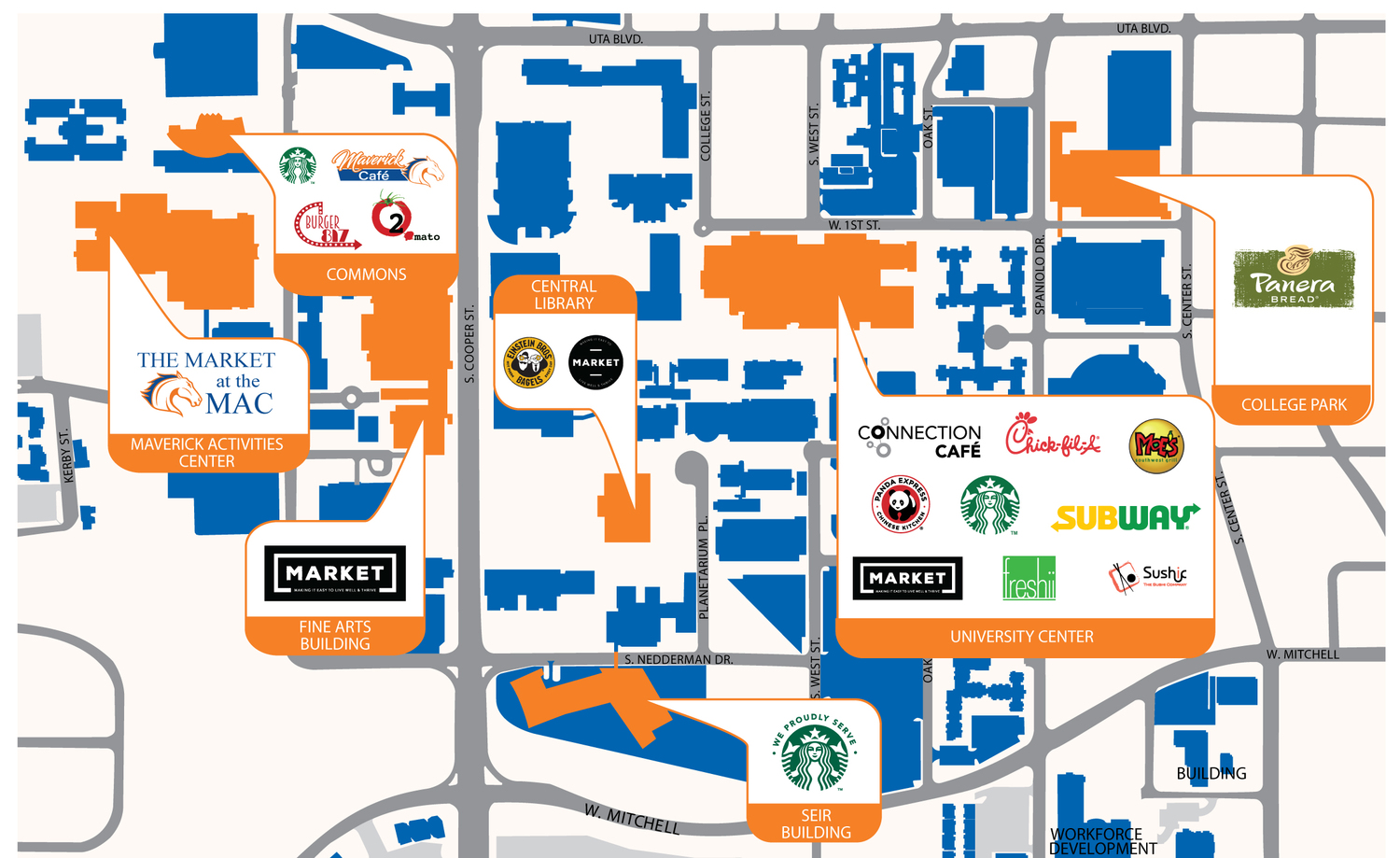
"The vehicles are staged throughout the service area, and so they'll look to aggregate a trip when a request is made," Robertson explained. It costs $2.50 for a one-way fare, which is the same as a bus, and the service is also transferrable to other modes of UTA transportation like TRAX.

#Uta trax map driver
The system may require you to make a short walk to the vehicle," he said.Ī driver collects multiple people headed in the same direction, much like carpooling or a bus would do. "If you're in the service area, we'll come within a short distance of your home. However, riders will be picked up and dropped off closer to intersections instead of exact locations, for efficiency, said Jaron Robertson, the director of innovative mobility solutions for UTA. Riders who are within the service zone can hail a ride through the UTA On Demand app and have a UTA vehicle arrive on their block, much like a rideshare service. It also extends as far east as 300 West between the Salt Lake Central Station (250 South) and 2300 North, as well as areas west of 2200 West north of I-80. All rides must start and stop within a defined service area, which is mostly between 2300 North and 2100 South from I-15 through I-215 in Salt Lake City. every Monday through Saturday, and from 6 a.m. "This just enhances our ability to move but I think also, symbolically, it's wonderful to see an investment like this that lets the west side residents know they're important, that they're valued and we have access to all the things Salt Lake City promises," Petro-Eschler said. It aids a diverse section of the city, where residents have struggled to feel included because of previous city investments that haven't always helped out areas in the west side before. The service, available through UTA's partnership with the city and the transit tech company Via, is a one-year pilot program to see if the service is viable for a part of the city that doesn't have as many transit options as neighborhoods in its eastern neighbor. The Utah Transit Authority launched its UTA On Demand for a new service area that covers the city's Fairpark, Glendale, Jordan Meadows, Poplar Grove and Rose Park neighborhoods for at least the next year. And because she won, she was sworn in immediately as a City Council member to fill in the vacant seat left by the previous council member who had resigned.īut that experience is why Petro-Eschler is thrilled with a new public transportation microtransit service - a cross between transitional public transit and rideshare technology - that launched in Salt Lake City's west side Monday. She's thankful that the crash didn't ruin her campaign efforts leading up to the election, which she won. "Trying to find rides and get around was terribly difficult without a private car." It's very easy over here to not feel like we have transit options," she said of the city's west-side neighborhoods.

Petro-Eschler, a resident of the Jordan Meadows neighborhood, was in the middle of campaigning for the Salt Lake City Council District 1 seat, which represents the city's northwestern neighborhoods, when the crash happened just a week before the municipal election. It couldn't have happened at a worse time. Victoria Petro-Eschler found herself in a difficult position when her car was totaled in a crash in late October.


 0 kommentar(er)
0 kommentar(er)
